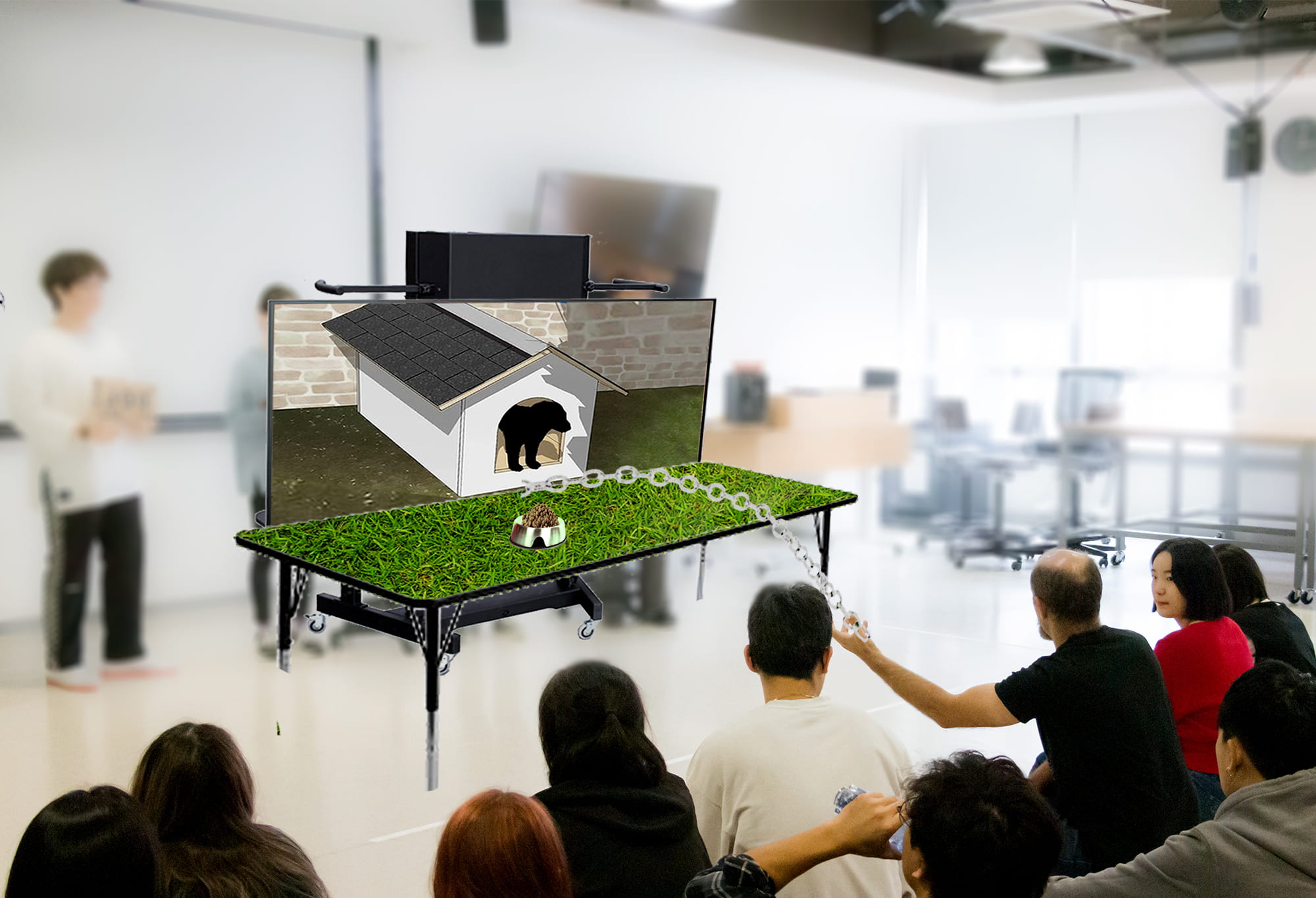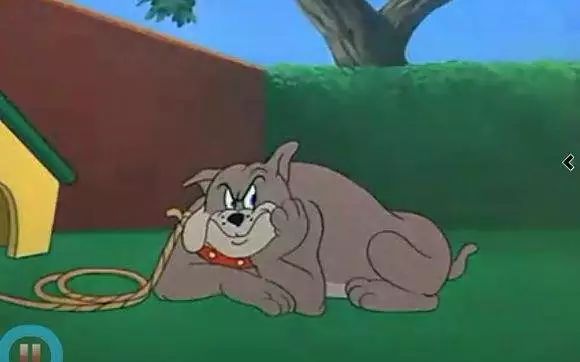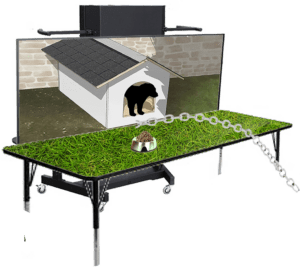BEWARE OF THE DOG!

Purpose
Actively engaging digital and analog media, the project attempts to provide a seamless experience for audience to perceive a dog from the two distinct perspectives. What we are trying realize is a unique interactive narration like those in Disneyland. The project should be engaging to audience who are willing to explore.
Creative Process
Initially, we were thinking about a digital twin of a physical fluffy puppy that somehow viewers can interact with physically so as to provide them comfort. During the process of nailing the terms down, we noticed the dislocation, namely why two dogs? We proposed several ways to coordinate the two, as synchronizing their movement, or replacing the puppy’s eyes with an ultrasonic radar to know the viewers location so that they can both follow. Still, the problem remained unsolved. Why are there two puppies around? How can we make sense of one dog in the context of another? Is it the out-of-body spirit of the physical dog? Or the physical embodiment of the ghost dog? We found it uncanny in either way.

Thus, I started to brainstorm on how to solve the discontinuity in interaction. Is there anything that we can interact with a dog without direct physical contact with its body? Eureka! The creativity emerged out of nowhere. It was The Dog, appearing in Tom&Jerry cartoon, that suddenly occurred to me. I recalled the iconic collar around his neck, and how he’s always tied to a tree or his dog house with a leash. To be more specific, I remembered a scene in which Tom is pulling a long rope towards him, believing there to be something good on the other end of the rope. Unfortunately, it turned out to be The Dog. Tom then gets his ass beaten up.
In short, leash is the key to the question!
Plan

The overall setting
A TV stand suspends the TV half way in the air. A large table is arranged closely in front of the TV, with a particular height that has its top perfectly aligned with the content that is displaying.
The TV presents a cartoon-like scene, with a dog house in the middle on a lawn. Coordinately, a piece of lawn is going to be laid on the table, pretending as if the table is a seamless extension of the space inside the screen. (One alternative, that Rudi proposed, and is super cool but I haven’ think about it thoroughly yet, is that, for the animation that we are playing in the screen, shooting through a window. In this way, we make active use of the sense of seperation created by the flat sense of the television, and subtly involve it as part of the experience).
A chain leash, extending from the dog’s house to the audience, is connected to a strong motor under the table. The self-feedback motor should give the mechanism the ability to mimic the movement of a dog, so that the viewers feel as it there were a real dog at the other end of the leash. The TV display coordinates with the leash, responding to viewers’ pull, by animating the shadows of the dog, or by vocalizing its growling.
A dog’s bowl, placed on the table, is specially designed. Once dog food (or maybe dog food analog, not intending to make audience’s hands stinky with that Lmao) is placed into the bowl by the audience, it senses and automatically open its bottom so that the dog food falls in and disappears. Magically, the dog food will reappear on the screen! Subsequently, the digital dog will run out, swallow the food, and run back to its house.
How to make it happen?
The two major challenges is clearly stated.
One, is the animation.
The other, is the leash.

In the preliminary stage of my research, I noticed some software like Adobe Character Animator. The software provides powerful functions for 2D animation production. On the top of that, there are many tutorials available online.
So, for the next few weeks, we’ll try to get our hands on the software and experiment what we can do with it.
In terms of the leash, I have come up with several potential technical solutions. I’ll reach out to the professor to nail down which exactly we are goning to use in the following weeks. Another more crucial aspect of the leash is that the experience matters. Since we plan to make an illusion that there’s one dog over there pulling against you, definitely we have to study its pattern, plus doing multiple user tests to see if we are getting what we want. We’ll be invested in refining the experience.
Leave a Reply